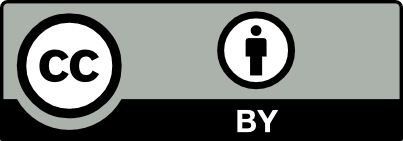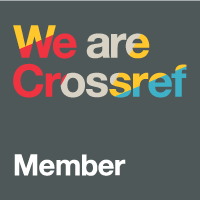DESARROLLO DE NANOPARTÍCULAS DE QUITOSANO-GELATINA Y QUITOSANO-COLÁGENO PARA LIBERACIÓN DE FÁRMACOS
Abstract
Polymeric nanoparticles have demonstrated a great potential for biomedical application, especially in drug delivery systems acting as nanocarriers. The polymers obtained from living organisms, known as biopolymers, are promising materials for these purposes since they present biodegradability, biocompatibility and low immunogenicity, which are features required for in vivo applications. In this work, polymeric nanoparticles were prepared from mixtures of biopolymers such as chitosan, collagen and gelatin by ionic reticulation with sodium tripolyphosphate. Picric acid as a model drug was encapsulated into the nanoparticles. Chitosan of 50.4 kDa of molecular weight and 81 % of deacetylation degree was prepared through the deacetylation and depolymerization of chitin extracted from squid pens (Loligo sp). The composition, size distribution, and surface charge of the prepared nanoparticles were evaluated. Moreover, the influence of the nanoparticles mass and picric acid concentration were analyzed during the loading process by determining of the loaded content and the incorporation efficiency. Maximum loaded contents of picric acid were 7.16 % and 6.45 % for chitosan/gelatin nanoparticles and chitosan/collagen nanoparticles, respectively. In vitro release tests showed a quick picric acid release in chitosan/gelatin nanoparticles. The nanoparticles prepared with collagen took longer time to release the picric acid. Kinetic studies, using mathematical models, revealed that the release takes place through a diffusion mechanism.
Downloads

This work is licensed under a Creative Commons Attribution 4.0 International License.
Revista Arbitrada
Derechos reservados: Prohibido el uso total o parcial del material de esta revista sin indicar la fuente de origen.
Nota: Las referencias comerciales que aparecen en los trabajos no constituyen una recomendación de la
Sociedad Química del Perú










